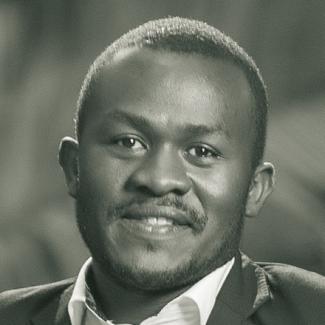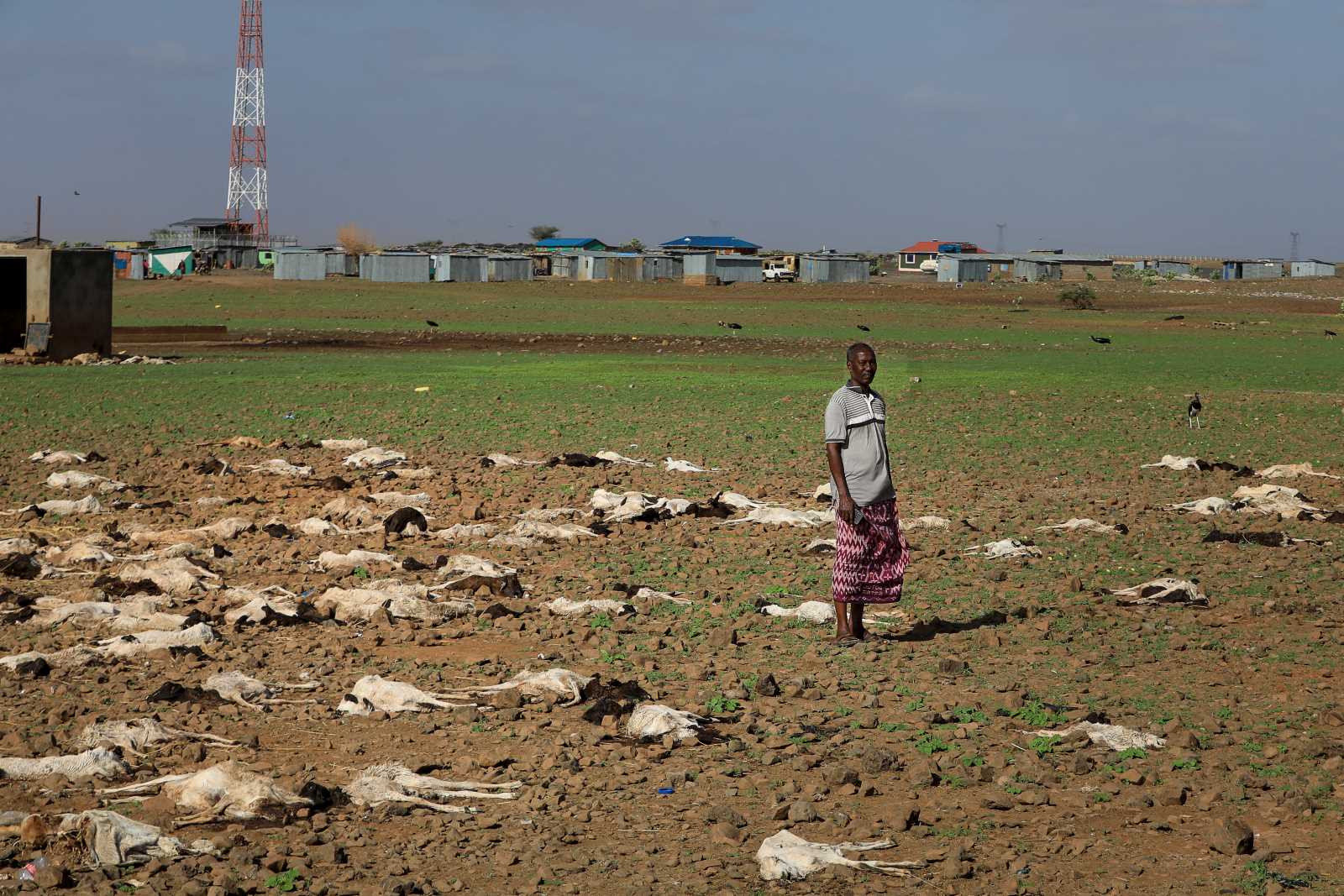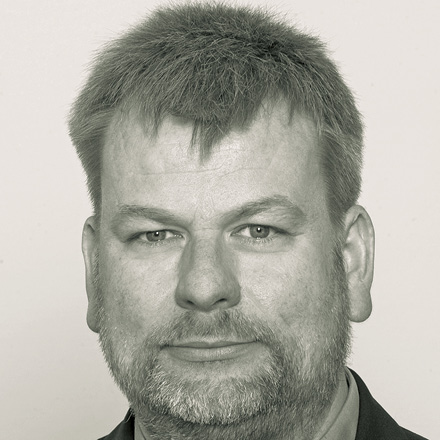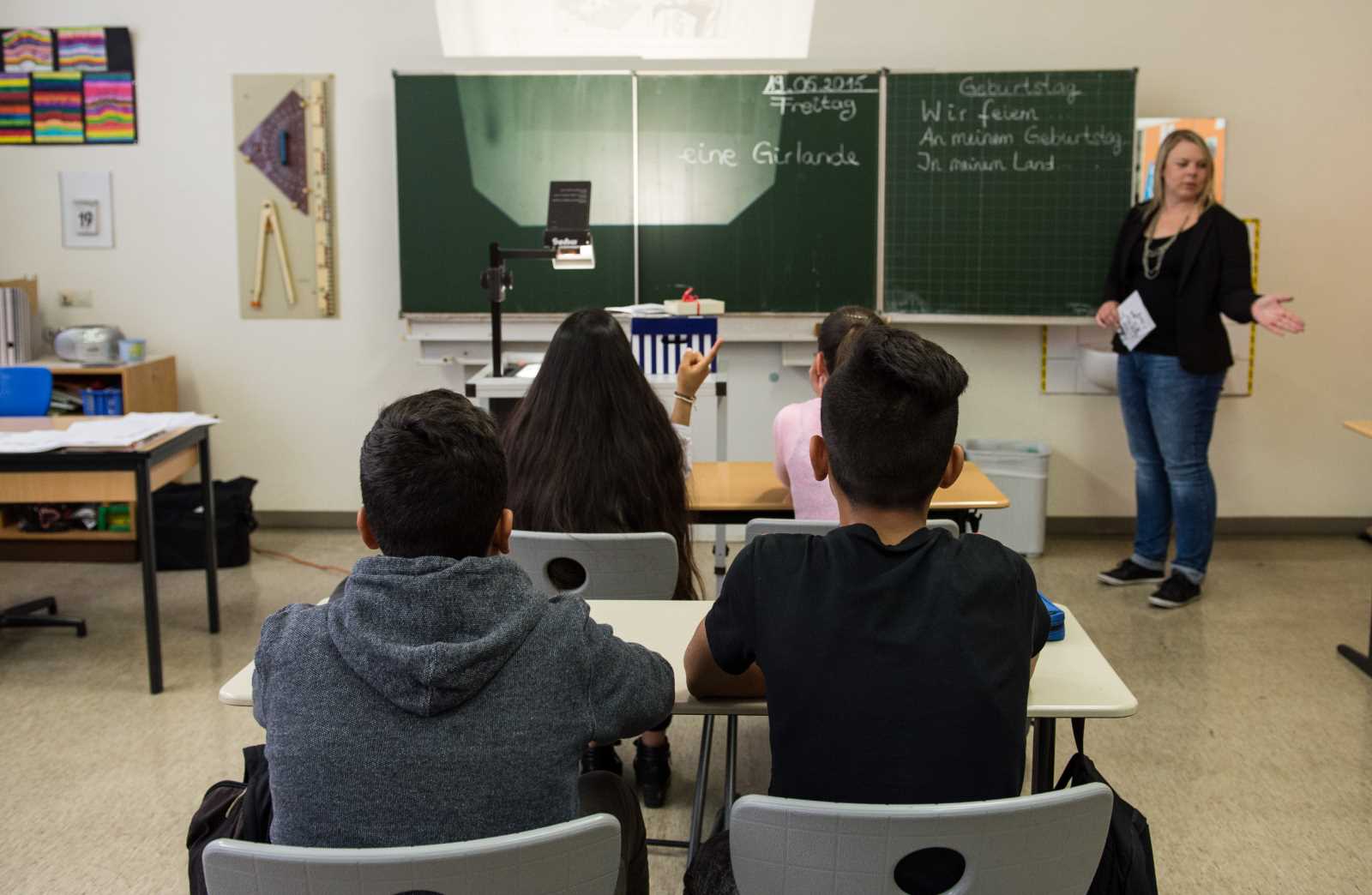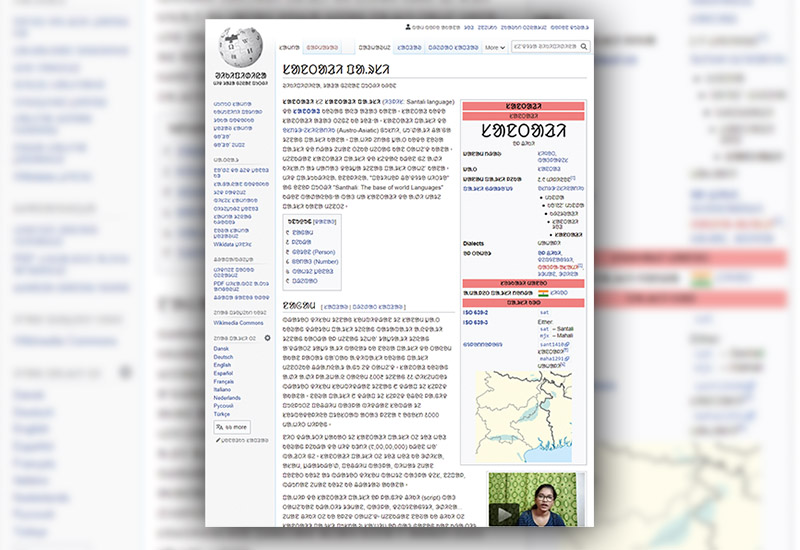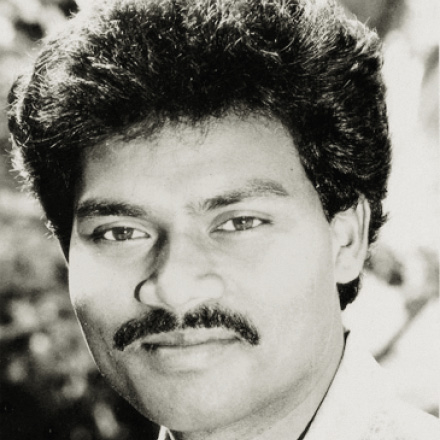Inequality
Dissatisfaction with “free” public education
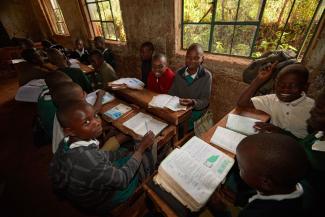
In Kenya, the fissures in society between rich and poor are nowhere more visible than in the system for educating the country’s children and teenagers. The gap is obvious in the mundane daily trip to school. In Nairobi, the children of the poor trudge a long way to hopelessly overcrowded and ill-equipped public schools. They often share textbooks and desks.
Slightly better-off children head to somewhat more comfortable and better-equipped low-cost private schools. Their future chances are probably better than those of the public-school pupils.
Meanwhile the privileged ones – the offspring of wealthy parents – ride in comfort in chauffeured vehicles to well-equipped schools with better-paid teachers, substantive curricula and a rich assortment of extra-curricular activities. Some even travel in helicopters: The super-rich of Kenya’s highlands fly their children from their ranches in Nanyuki to school, high above the congested roads.
This scene is not what the Kenyan government had in mind when it declared in 2003 that primary education will be free and available to all. That pupils of different backgrounds get to school by different means indicates contrasting chances of future success. The root cause is the poor condition of public schools.
Following the 2003 reform, enrolment in public schools soared by 1.3 million new pupils in the first year alone. With inadequate infrastructure and limited teaching staffs, the public schools could not cope. They became overcrowded and the quality of education suffered.
Many parents then pulled their children out of public schools and sent them to private ones. Often those families could ill afford the change and had to make difficult decisions between paying school fees and paying for other necessities such as food and utilities.
Overall, private education is not cheap. The fees vary considerably, however. According to the International Schools Database, private school fees typically range from KSh 635,000 a year to KSh 2.9 million (the equivalent of about $ 6,300 to $ 30,000) a year. Even a private kindergarten costs $ 3000 a year – 17 % more than a PhD student pays per year at a public university! The international Bridge School Academy, however, runs schools that only charge about seven dollars per child and month (see box).
According to a 2017 study on the rise of private schools (Zuilkowski et al., 2018), many families choosing private education earn between $ 600 and $ 1,200 per month – only slightly above the national average of $ 500 per month. Nonetheless, these families are “willing to pay up to 40 % of their income to educate all the children in their households,” the report says.
As demand for private education soared, so did the number of private schools. According to the Kenya National Bureau of Statistics, the number of private primary schools grew by 773 % between 2003 and 2017, compared to a growth of only 33 % for public primary schools.
At the secondary school level during this period, the number of private schools grew by 216 %, compared with 154 % for public schools.
Despite those trends, public schools still outnumber private schools. Today, 33 % of Kenya’s primary schools are private, and so are 15 % of all secondary schools. The gap keeps closing as demand for private education remains strong.
Why they pay more
Why do even impoverished parents pay private-school fees when public education is ostensibly free? To begin with, public schools are not entirely free. Parents are sometimes asked to pay for improvements to the buildings, school uniforms and other things.
A more important reason is the perceived quality of education. In private schools, teachers generally spend more time with each pupil. They are also more likely to assign homework. The curricula offer more substance and the facilities are better than in public schools.
In some private schools the floors are carpeted, and teachers use smart boards – interactive electronic boards on which class notes can be projected. It’s not only the children who receive more individual attention in private schools; parents do too, when they visit.
“Private schools are obviously better equipped, not congested, and mostly well-organised and structured,” Geoffrey Wango, an education lecturer at the University of Nairobi, recently told the Daily Nation, a highly respected daily newspaper.
In public schools, in contrast, it is common for up to three pupils to share a single desk. Textbooks are typically in short supply. Teachers are poorly paid. A government plan to install laptops in public primary schools failed due to corruption and mismanagement.
Beyond those objective differences is a subjective factor: Parents typically see private schools as a place to climb the social ladder, and public schools as a place to stagnate. Therefore, they wish to keep their children away from public-school pupils. One parent told the authors of the 2017 report: “Public schools are very insecure because of the high population of children who come from poor families”. Others said public-school pupils were “always dirty”.
A divisive trend
The migration from public to private education – however understandable the reasons – is controversial. On the one hand, low-cost private schools typically provide better learning environments than the public schools, thereby improving their students’ chances.
On the other hand, some private schools promise more than they deliver, meeting only minimal standards for certification. It is even more important that their very existence takes the pressure off the government to deliver universal quality education through public schools, as the 2003 policy envisaged.
As Collins Musanga has argued in the Standard, another newspaper, the spread of private education is deepening Kenya’s socio-economic divides, potentially creating something akin to a caste system. “We will soon have those who attended privileged private education fill all the positions in the public and private sectors, while those who schooled in public schools contend with menial jobs,” he pointed out in a comment in the paper.
The stakes for Kenya’s 15 million children are high. A good education – whether public or private – is a key to future success. This is true at all levels of society, not only at the upper echelons where parents tend to aspire to send their children to the best universities in Europe or America.
Private schools support such aspirations by offering foreign curricula. Accordingly, they meet the standards of British, North American, German or French schools. Public schools generally do not. This difference, along with the gap in educational standards, exacerbates social inequality, beginning at an early age.
If Kenya is to avoid fostering an education-based caste system, the government should live up to the commitments it made in the 2003 reform. It must invest in quality public education, ensuring that young Kenyans’ future opportunities do not only depend on their parents’ ability and willingness to invest in schooling.
Reference
Zuilkowski, S., Piper, B., Ong’ele, S., and Kiminza, O., 2018: Parents, quality, and school choice: why parents in Nairobi choose low-cost private schools over public schools in Kenya’s free primary education era. Oxford Review of Education, Volume 44, Issue 2.
Alphonce Shiundu is a Kenyan journalist, editor and fact-checker based in Nairobi.
Twitter: @Shiundu
